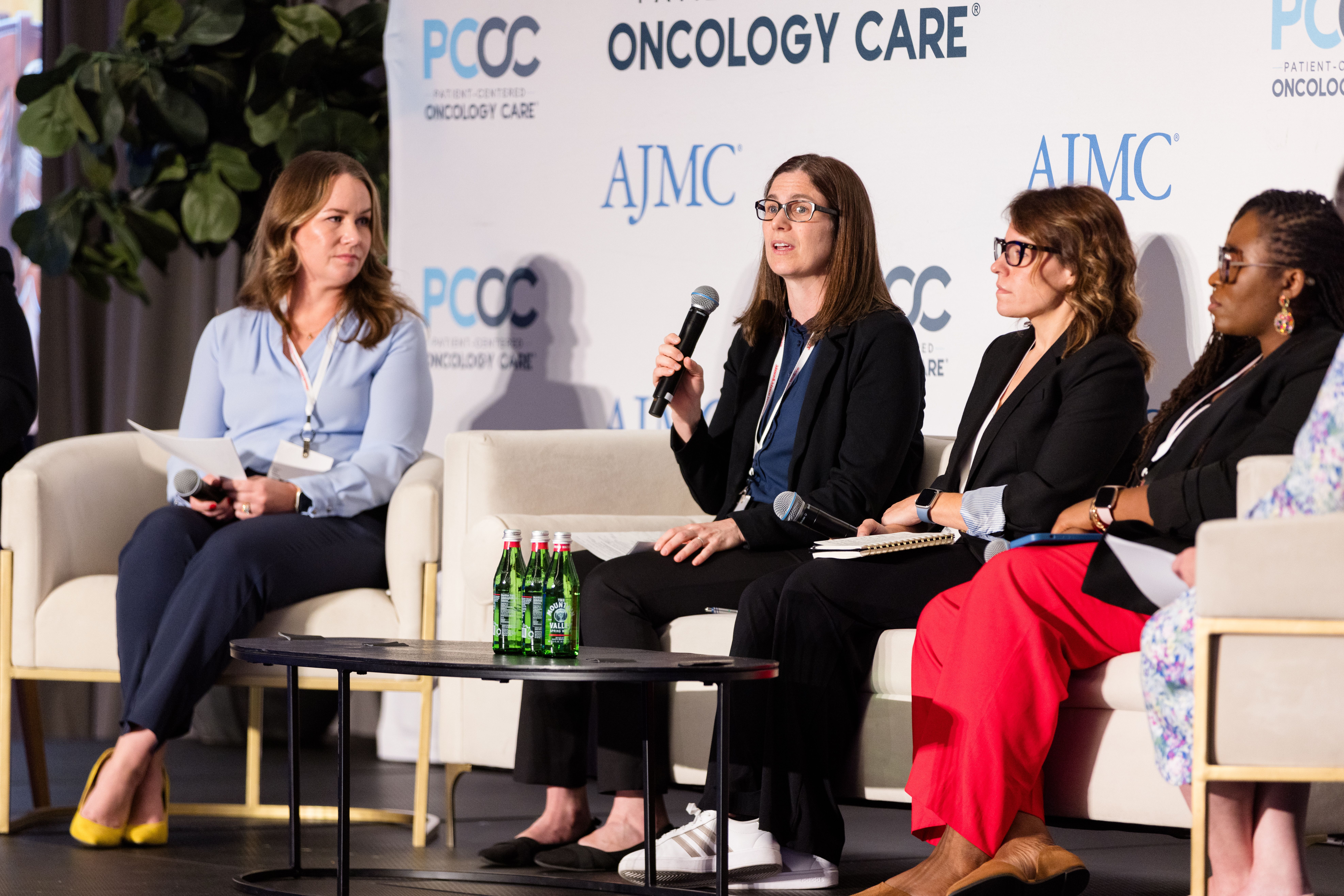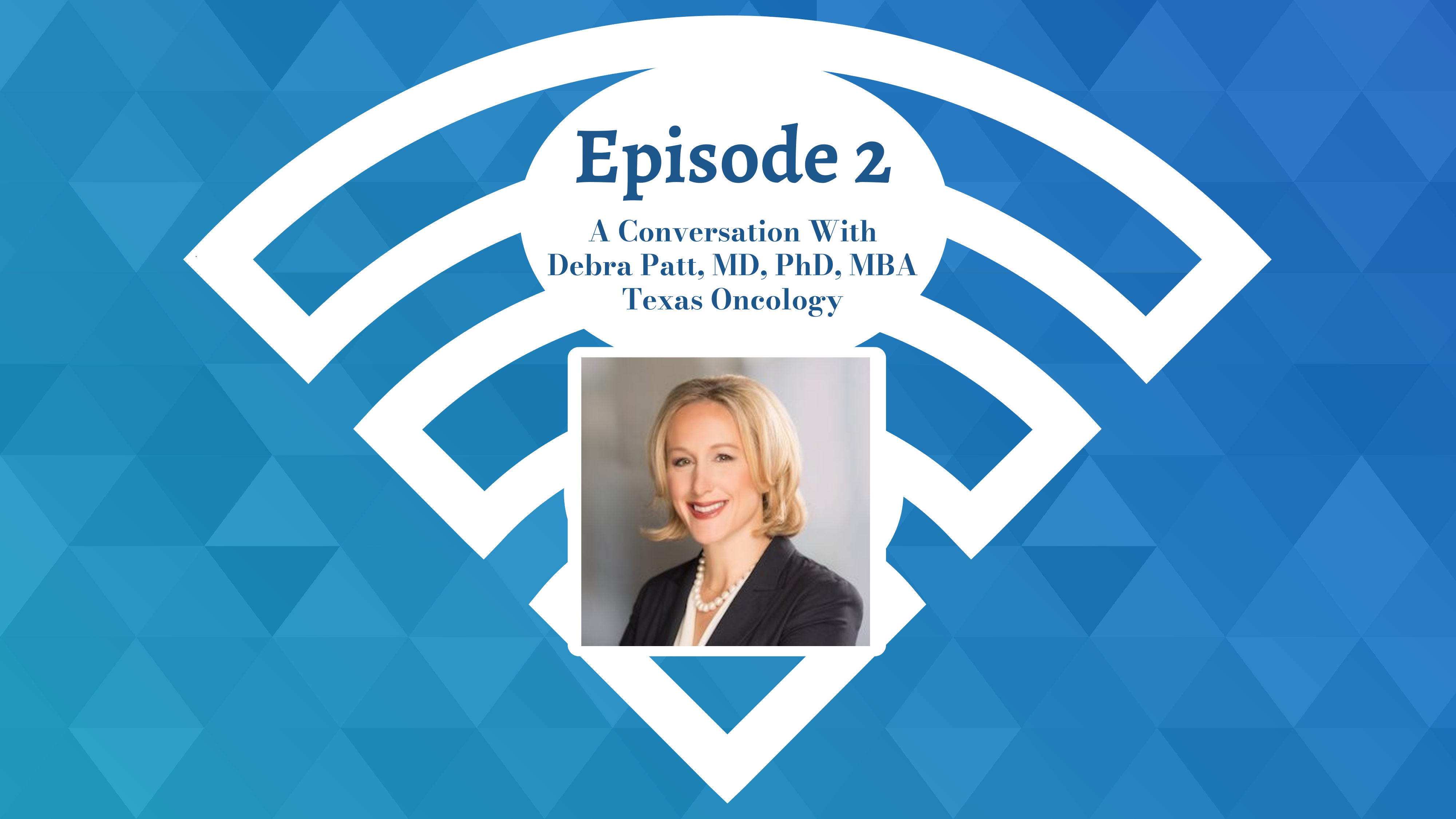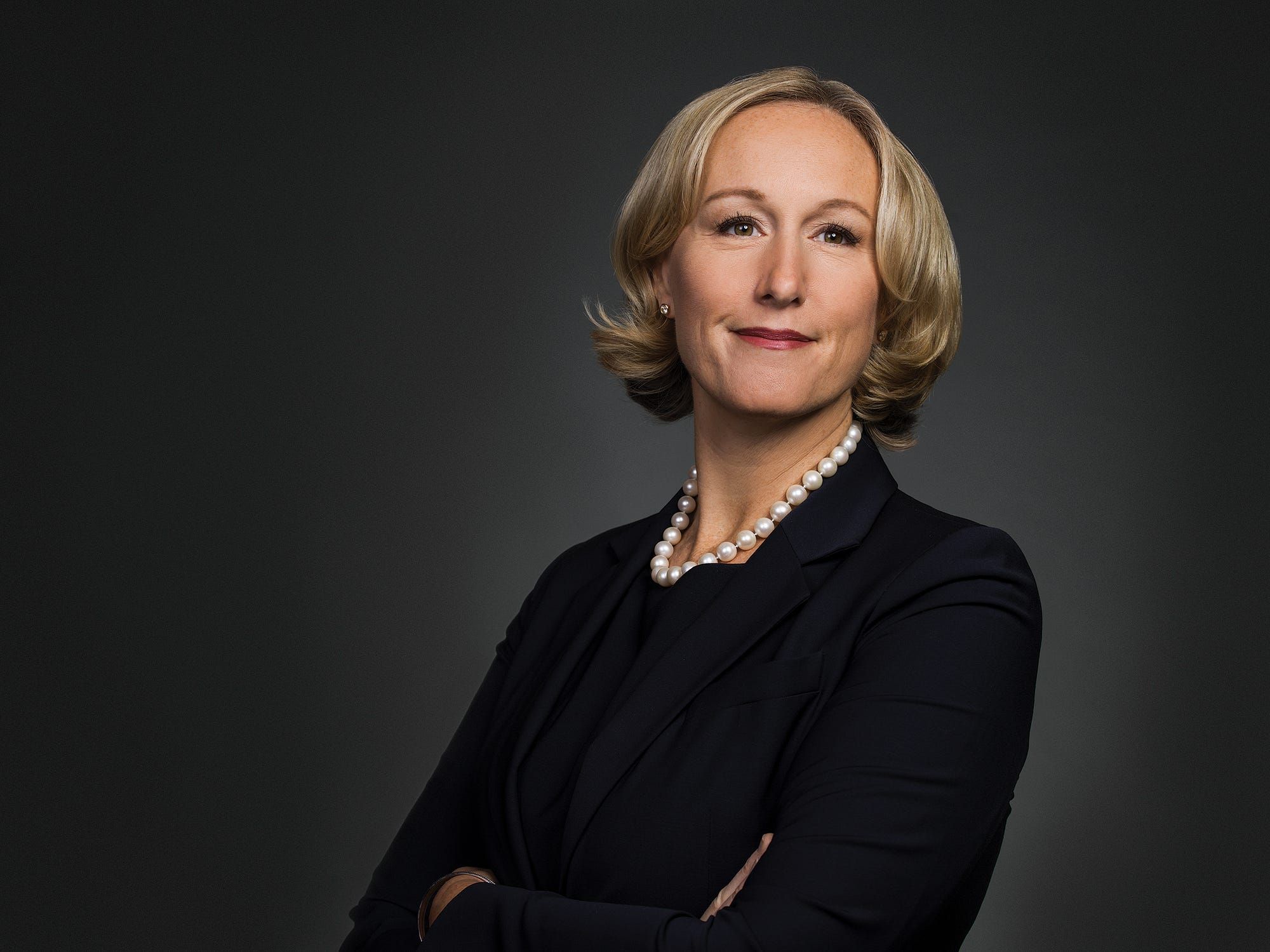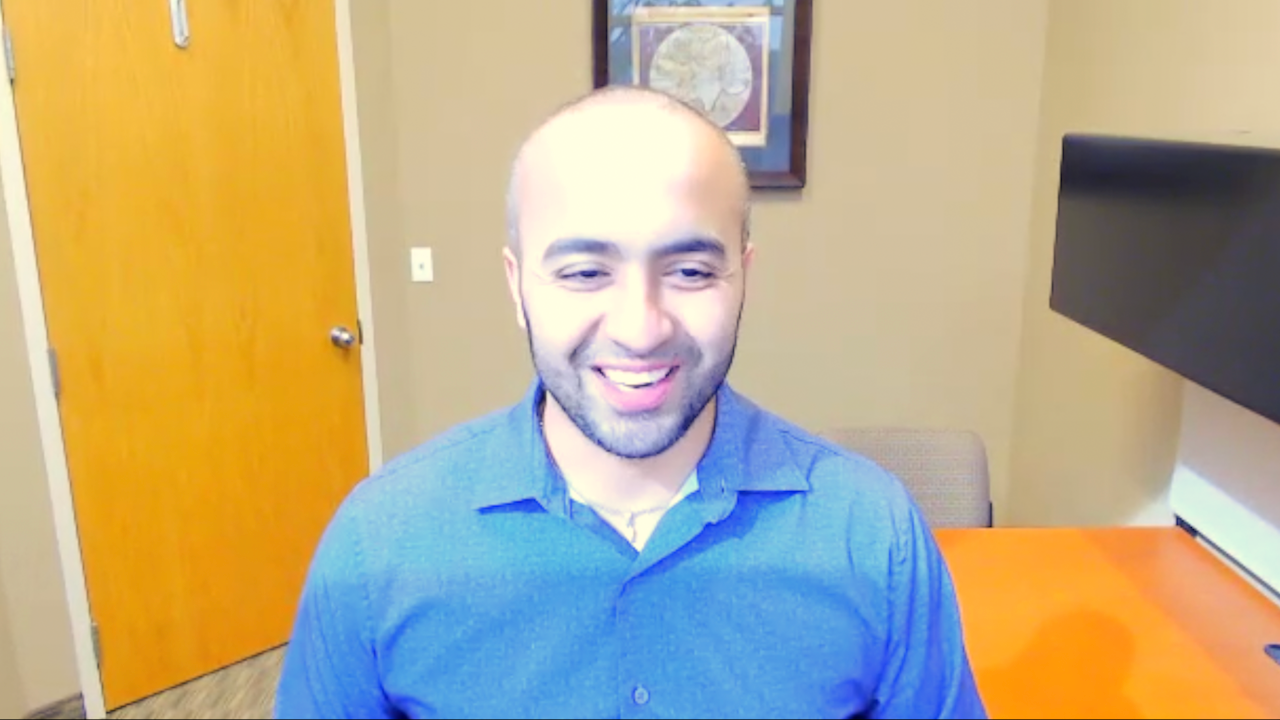Publication
Article
Evidence-Based Oncology
The US Oncology Network Demonstrates the Power of Partnerships on Social Barriers to Cancer Care
Author(s):
Key Takeaways
- Multidisciplinary care teams and tools like the NCCN Distress Thermometer help identify and address social needs in cancer care.
- Health equity plans and platforms like Findhelp connect patients with community resources, addressing barriers like food insecurity.
- Community partnerships and workflow improvements, such as integrating tools into electronic health records, enhance patient support.
- Addressing social needs as a standard of care involves collaboration and education, ensuring all practice members contribute to patient advocacy.
Creative approaches, validated tools, and community-based collaborations have yielded progress in tackling the social needs that can stand in the way of patients accessing cancer care and prioritizing recovery, according to speakers at Patient-Centered Oncology Care 2024. Reflecting the event’s theme, “Tales From the Front Line,” the panel brought together experts working on the front lines of quality, operations, and social work, most of whom work in practices within The US Oncology Network.
Alexandra Hacker, MSN, APRN, FNP-BC, center, makes a point during the discussion. | Image credit: Greg Smit for AJMC

Moderator Amy J. Barton, MHA, regional director of managed care at The US Oncology Network, began the session by saying she was “excited to showcase their work in understanding social barriers of health and improving health equity for their patients.” After the panelists introduced themselves, fellow moderator Dana Weber, MSN, RN, a senior manager of transformation and quality for The US Oncology Network, asked for a snapshot of how practices are working to define and identify patients with social needs and then communicate this risk to providers.
According to Alexandra Hacker, MSN, APRN, FNP-BC, an advanced practice provider and the director of quality and health outcomes at Willamette Valley Cancer Institute and Research Center, nurse navigators and layperson navigators work in tandem to conduct screenings at prespecified points in the patient journey—such as a chemotherapy education visit or a medication change—as well as time-based points. Additionally, under CMS’ Enhancing Oncology Model (EOM), the practice has implemented a multidisciplinary care team huddle in which team members ranging from social workers to schedulers to financial counselors meet to flag and address any social needs.1
“Sometimes patients share things with one care team member, but not the whole team,” Hacker noted. “So, that’s what’s really important—facilitating that communication with the whole team and making sure we’re on the same page.”
A useful resource mentioned by Hacker, the National Comprehensive Cancer Network (NCCN) Distress Thermometer screening tool,2 is also at the foundation of a project explained by the next panelist, Ann Sweeney, MA, CCMP, senior director of quality programs and process improvement at The US Oncology Network. Layering sociodemographic, clinical, and quality data onto these distress screenings revealed opportunities to alleviate financial toxicity and improve quality of life by improving aggressive end-of-life care, including among patients with low health literacy and the 21% of patients who reported having questions or concerns about treatment decisions. Sweeney and colleagues plan to use an evidence-based tool that can measure prognostic understanding and “reassess communication and how we approach conversations with this group” because “we want them to understand and feel empowered and advocated.”
Sweeney noted that although the NCCN Distress Thermometer is a wonderful tool, it could be overwhelming for a patient to receive with no guidance. Therefore, Blue Ridge Cancer Care has worked the tool into the nurse navigation team’s patient conversation frameworks in the assessment and care planning stages “so that they can identify the barriers to care, prevent any false positives or negatives, and really [home] in on the severity of any of the needs.”
In addition to encouraging interdisciplinary team meetings, the EOM has also spurred practices to put together a health equity plan that identifies and addresses their patients’ needs and concerns. According to Misty D. Chicchirichi, MSN, RN, CEMC, senior quality programs manager at Shenandoah Oncology, the top concern in her practice was food insecurity, so leadership is working to expand access to nutritious food with a variety of approaches both time-tested and creative—from creating a food pantry within the cancer center to partnering with local nutritionists to encouraging staff to bring in food donations in exchange for wearing jeans to work.
“US Oncology partnered with Findhelp, which used to be [known as] Aunt Bertha, and that’s been a very helpful tool for us,” Chicchirichi said. Hacker agreed that the Findhelp platform has been useful for tracking how many patients access community resources and closing the referral loop.
However, panelist Chinyere Eigege, PhD, LCSW-S, manager of central social work operations at McKesson Corporation, noted that databases such as Findhelp aren’t sufficient on their own. “It’s one thing to find the resource. It’s one thing to put it in front of the patient. But there’s a digital divide that a lot of our patients have, so even being able to follow up on those referrals can be challenging for some of them,” Eigege explained. “Our team has tried to make some efforts to identify top community-based organizations in certain regions where we support patients…and then there’s an opportunity for warm handoffs to be done, where if we send a referral, we can also notify that provider.”
By facilitating these relationships and encouraging community-based organizations to network and share resources, these partners are solidifying their best practices for how to support the population in their local area, Eigege said.
Her remote team, as part of McKesson, which supports The US Oncology Network, integrates itself into the needs and workflow of each clinical practice in the network, but their organizational structure leaves the McKesson social work team able to conduct the recruiting, hiring, and training tasks that would otherwise burden the practice staff.
The relationship between McKesson and The US Oncology Network has also brought workflow simplifications such as being able to integrate the NCCN Distress Thermometer into the electronic health record, whereas before the staff would have to manually count patient responses, Chicchirichi said. This nimbler workflow has revealed emerging concerns around pain and sleep, which will be next on Shenandoah Oncology’s list to tackle. Hacker and Sweeney also echoed the need to pivot quickly when patient-reported data reveal a shift in priorities and needs.
For practices just starting on the journey of addressing social needs, “you just need to start the conversation in your practice,” Sweeney said. After identifying a champion on your staff who’s passionate about health equity, “things get rolling pretty quickly.”
There can be some learning curves as the team starts to work together, due to the differing roles of social workers vs nurses and the ways in which they typically intervene and take action, but her team successfully found a middle ground where they can drive patient advocacy by presenting patients with tailored resources and creating channels that make sure they follow through with accessing those resources.
Importantly, Eigege said, addressing unmet social needs cannot be treated as an elective activity. “It has to be a requirement. It has to be the standard of care. And if we see it as a standard of care, then we see a place for every person in the practice to be working toward reaching that. So, it’s not just up to one team member or one department, but through education and collaboration, we’re able to find ways that everyone is a stakeholder in this, and if we’re doing that, we’re so much further ahead than we currently are.”
References
1. Caffrey M. Revised EOM offers more favorable opportunities for community practices, experts say. Am J Manag Care. 2024;30(Spec No. 9):SP664.
2. Riba MB, Donovan KA, Ahmed K, et al. NCCN Guidelines Insights: distress
management, version 2.2023. J Natl Compr Canc Netw. 2023;21(5):450-457. doi:10.6004/jnccn.2023.0026

2 Commerce Drive
Suite 100
Cranbury, NJ 08512
© 2025 MJH Life Sciences® and AJMC®.
All rights reserved.





